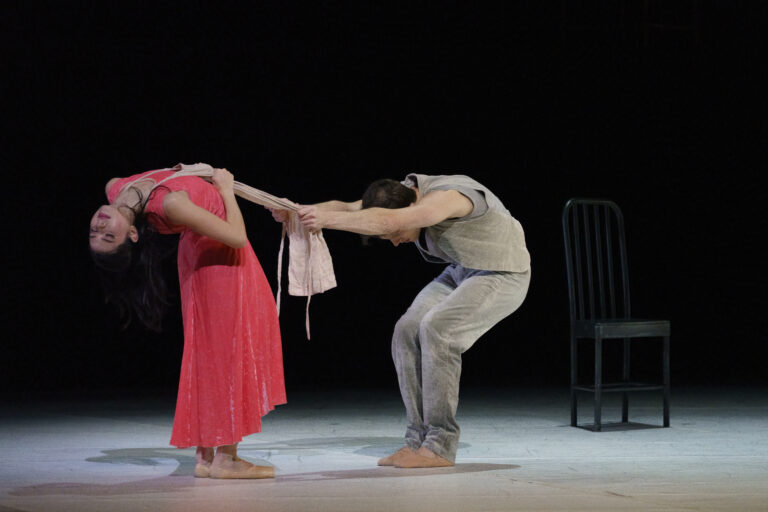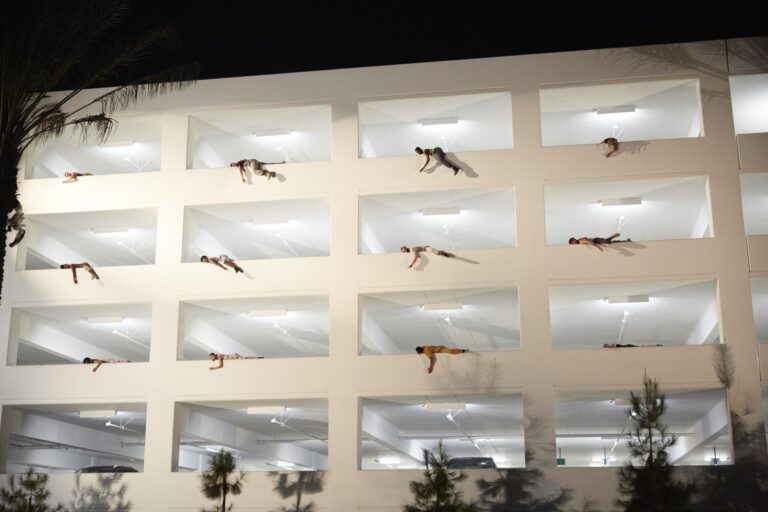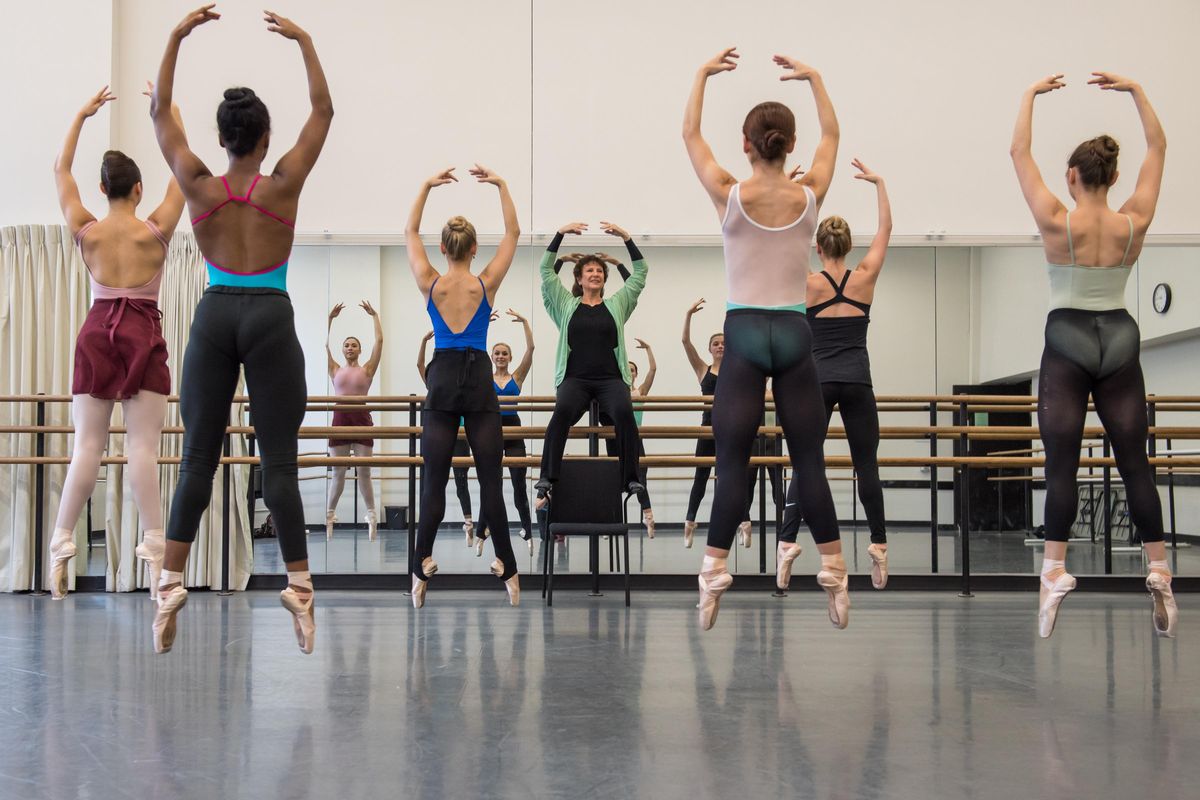
Not so long ago, it seemed that ballet dancers were always encouraged to pull up away from the floor. Ideas evolved, and more recently it has become common to hear teachers saying “Push down to go up,” and variations on that concept.
Charla Genn, a New York City–based coach and dance rehabilitation specialist who teaches company class for Dance Theatre of Harlem, American Ballet Theatre and Ballet Hispánico, says that this causes its own problems.
“Often when we tell dancers to go down, they physically push down, or think they have to plié more,” she says. These are misconceptions that keep dancers from, among other things, jumping to their full potential.
To help dancers learn to efficiently use what she calls “Mother Marley,” Genn has developed these clever techniques and teaching tools.
Stand Connected
Before a dancer begins to move, Genn stresses the importance of standing correctly, without unnecessary gripping. “If you clench your hips, knees, ankles or toes, your tendons and ligaments won’t function, and you can’t move,” she says.
She encourages dancers to feel with their fingers that the hip flexor stays soft, and uses the image of a duck’s feet, wide and spread out on the floor, to help visualize release in the ankles and toes. Dancers should also avoid shoes that confine their feet too tightly and restrict movement, however good they may look—”the clench,” as she calls it, can be imposed from outside, as well.
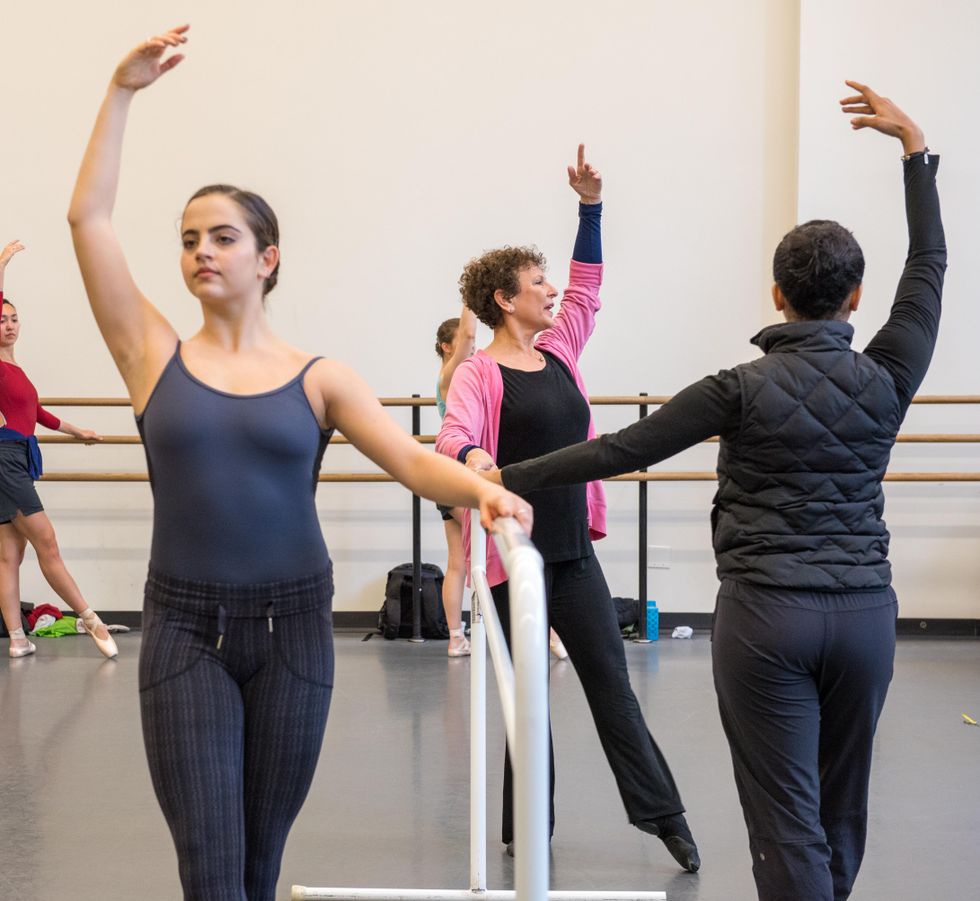
The Truth About Tendus
“Down to go out” is another teacher phrase frequently applied to tendus and dégagés. But if you’ve ever watched a dancer struggle to move a foot that is digging down into the floor—it lurches out by inches, as the working knee bends and the heel pops up—you know that this doesn’t always quite work.
Genn’s idea, instead, might be phrased as “Turn out to go out.” She teaches that the action of tendu begins at the tops of the legs, instead of with the feet. “Lift your abdomen up, and then rotate both thighs, deep in the hip joints, before initiating tendu.” Genn often uses the word “flower” for the combined blooming action, up and open, of the lower abdomen and inner thighs. This shorthand is crucial to movement quality: Cueing multiple actions with one simple construct keeps dancers from getting bogged down in the details.
As for the articulation of the foot itself, Genn clarifies: “It’s not pushing down. With the lift and the shift of the weight onto the supporting leg, there should be no pressure on the tendu leg. It’s just the feeling of the heel gliding along the floor until it has to come off.” Keeping the heel down helps prevent dancers from crunching their toes too soon instead of pointing them long at the very end of the tendu. Consciously engaging the adductor to bring the leg back in helps the toes relax early in the reversal of that process.
Genn tells younger students to imagine they are cleaning the floor with their feet. “What dancers don’t understand is that using the feet this way, going through all the intrinsic muscles to point and come back—that is what gives you better feet.”
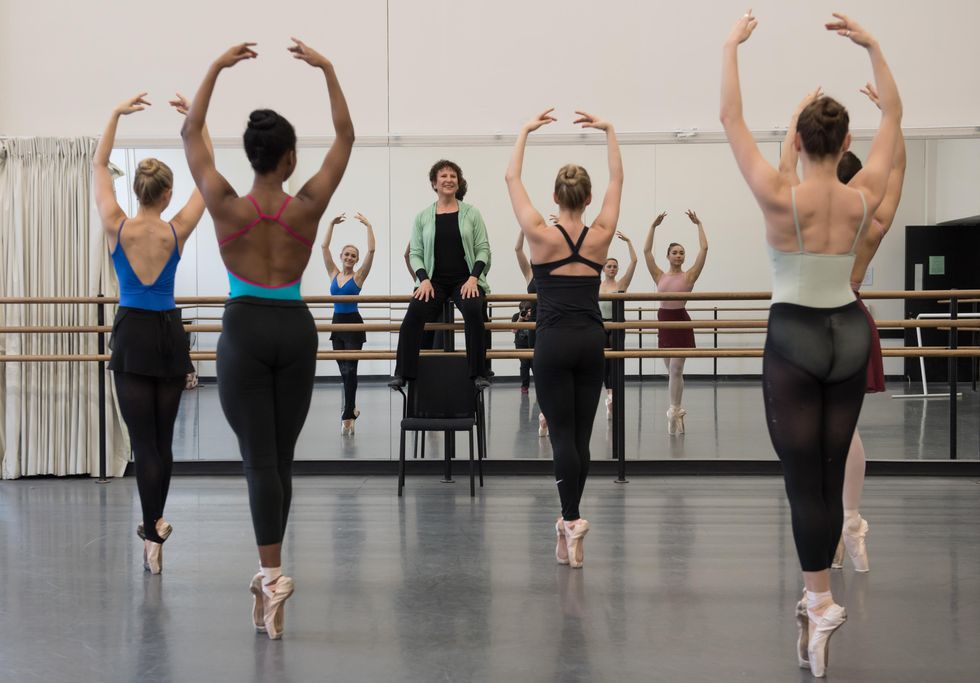
The Schloop
Genn has been known to create words for actions that have no official name in the ballet lexicon. Foremost among these is the “schloop”: simultaneously a slide, a scoop and a peeling action of the foot. “From fifth position, when you’re going to do a passé or a développé, your toe goes across the floor to where your heel was, and then up to the side of the knee,” she says. “This action, this use of the floor, helps prevent the hip from lifting.”
It also helps the dancer transfer their weight, from two legs to one and even in a relevé or pirouette, with less conscious effort. If a dancer is struggling with the schloop, Genn will place a ping-pong ball by their front heel as they stand in fifth position. When that foot schloops correctly, the toes will knock the ball out of the way as they point.
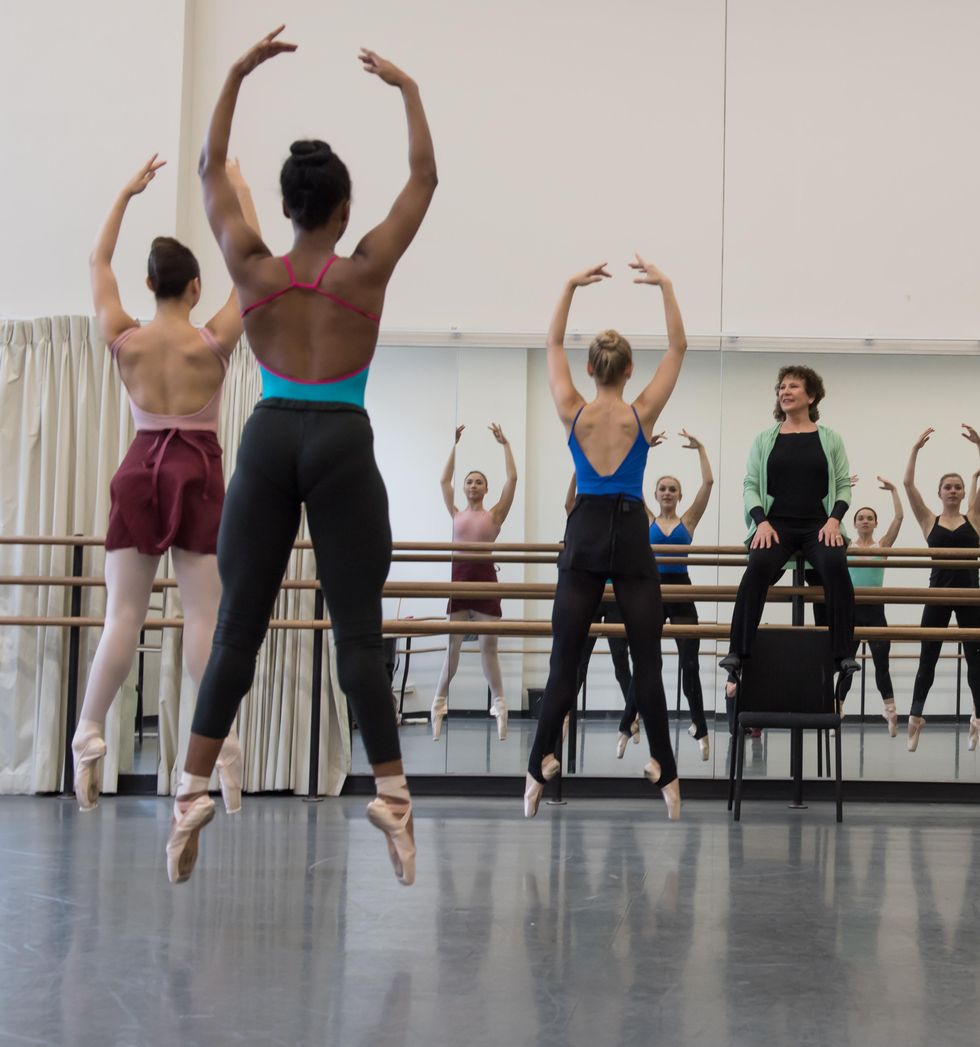
Getting Air
A version of the schloop is very useful in certain jumps. “Jumping in first,” Genn specifies, “you don’t schloop. But in an assemblé or a jeté, the toe of the jumping foot goes to where your heel was, schloop!”
She gives a series of exercises designed to help dancers practice the schloop while connecting to the backs of their legs. Facing away from the barre, she begins with temps levés and petits jetés (like little emboîtés into coupé back, brushing or schlooping the bottom foot under into coupé while jumping onto the other foot) before proceeding to assemblés and jetés.
“Especially in this cell phone era, people want to lean forward,” she points out, “and then everything is in the quad. If you think about the back of your leg, you’re using your whole leg.”
In runs, traveling jumps such as grands jetés, and piqué arabesques alike, dancers should feel the floor and the back foot working together to propel them up and forward. Paradoxically, this means that their weight must be firmly on that back foot before they take off from it. Genn tells them to imagine going over a puddle. This helps dancers keep their weight on the pushing-off foot, rather than allowing momentum to pull them forward too soon. “That’s the natural reaction,” she points out. “Nobody leans forward into the puddle!”
Individual Imagery
Genn’s personal approach extends to helping dancers create their own made-up words and portmanteaus for remembering a few corrections or actions at once. “It can help a dancer stay grounded,” she says, “to find their own image of what the floor means to them, whether that’s home base, a friend or a partner.”


